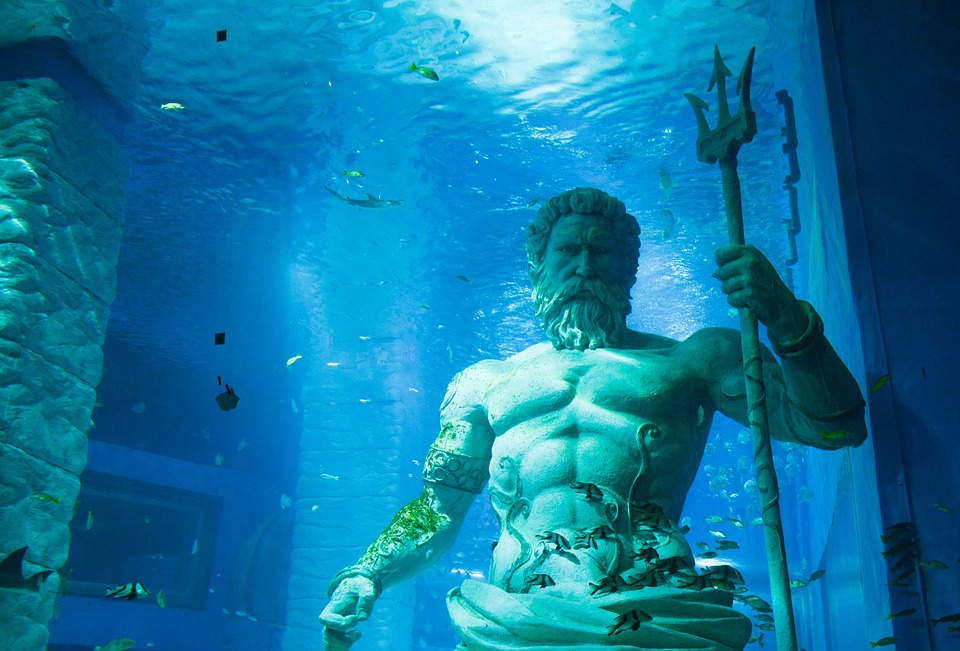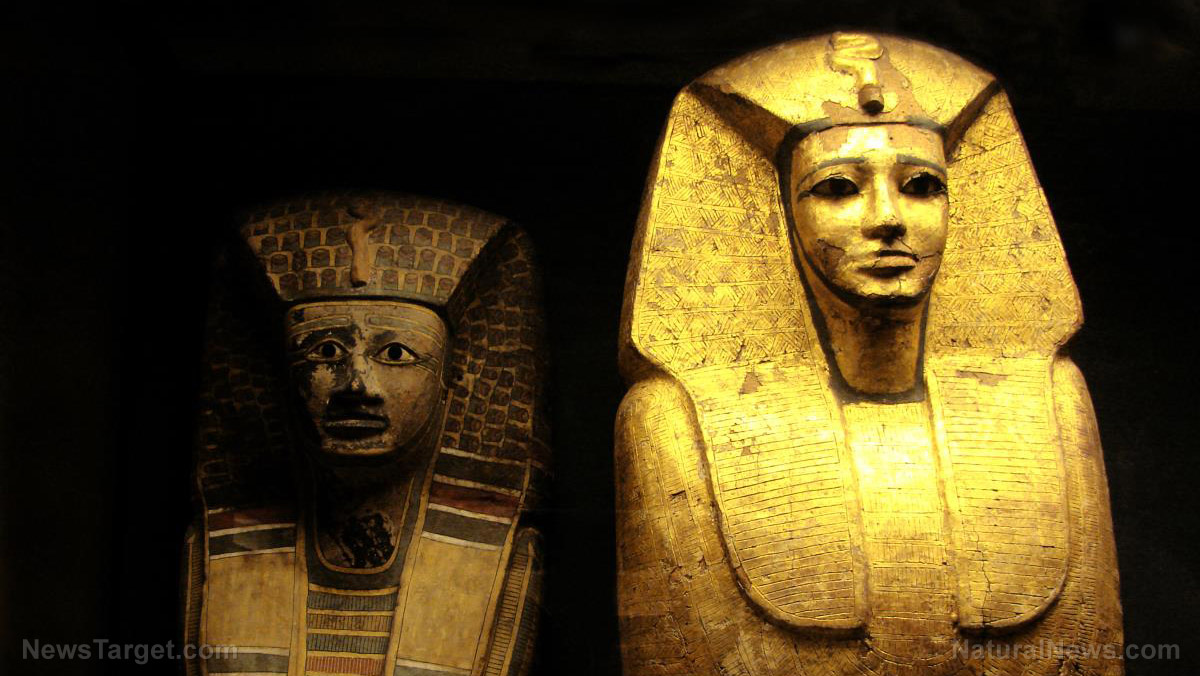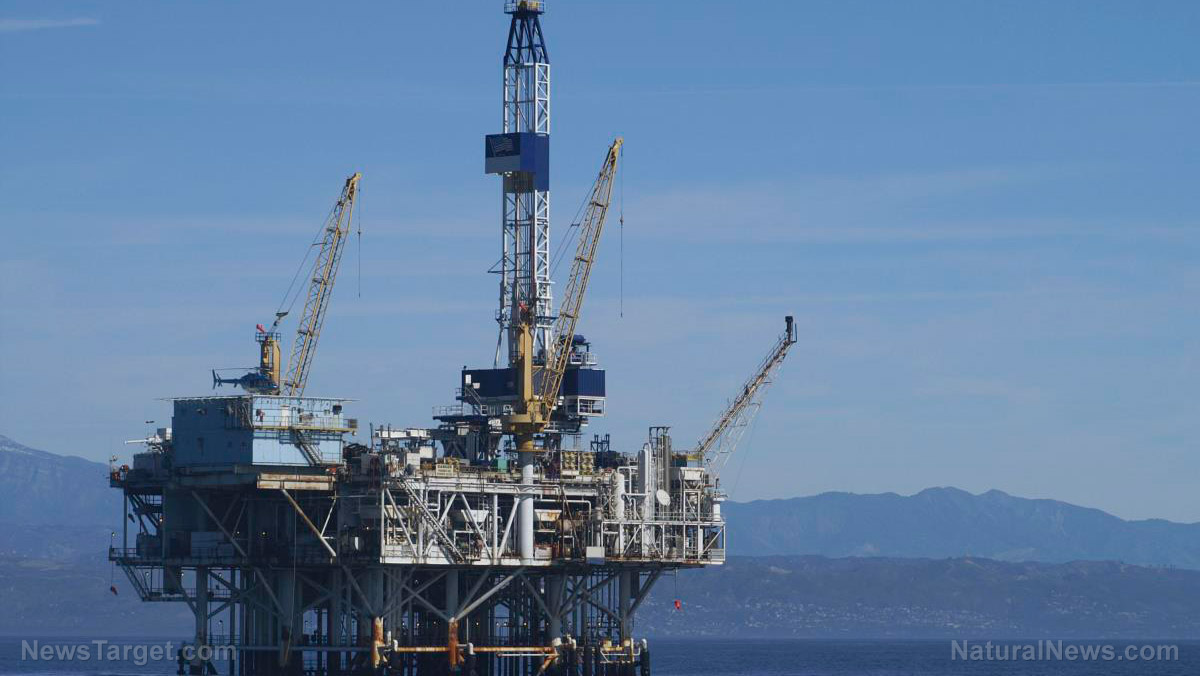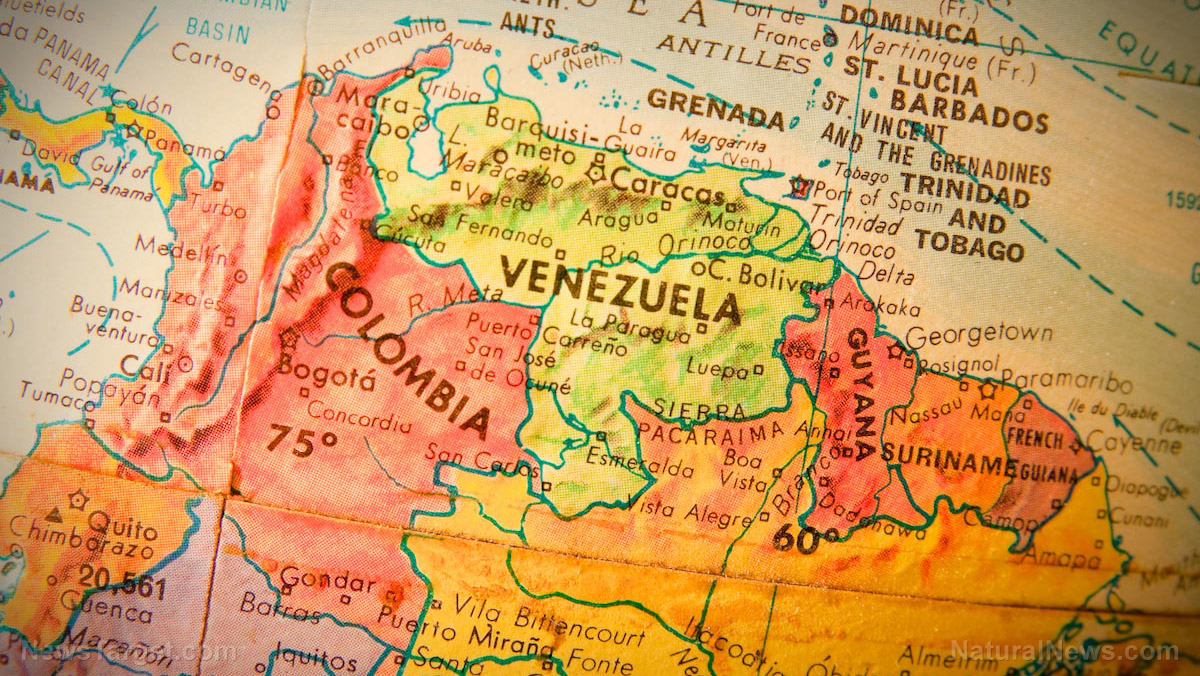Archaeologists discover possible ruins of Poseidon temple in Greece
By kevinhughes // 2023-01-20
Tweet
Share
Copy

Archaeologists have discovered the ruins of what they believe is a temple of the Greek god Poseidon near the modern-day village of Kato Samiko in western Greece.
The area where the ruins were found matches the location pertained to by the ancient Greek historian Strabo, who described the temple some 2,000 years ago. The temple mentioned by Strabo is an important shrine found in Samikon, situated at the west coast of the Peloponnese. Today, the area that probably once formed part of the sanctuary of Poseidon is known as the Kleidi site – named after the hill it is found on.
While the temple's ruins were first discovered in 2021, it wasn't until a few months ago that archaeologists from Johannes Gutenberg University Mainz and Kiel University understood that they were possibly what was left of a Poseidon temple. The archaeologists were assisted by their colleagues from the Austrian Archaeological Institute in Athens (OAI) and the Ephorate of Antiquities of Elis – the office in charge of protecting local monuments and sites.
In spite of this, additional research needs to be done on the structure. Extensive archaeological, geoarchaeological and geophysical examination is planned for the coming years in order to provide people a better understanding of what the structure really was along with its history. (Related: Archaeologists discover ancient tombs filled with actual GIANTS... "unusually tall and strong" people once roamed the planet.)
Poseidon is known as the god of the sea, earthquakes and horses in Greek mythology. His siblings include Zeus, the god of the sky and Hades, god of the underworld. Zeus and Poseidon are regarded as the greatest among the 12 Olympians – a name for the Hellenic deities owing to their residence at Mount Olympus.
Poseidon is traditionally pictured with a trident, which he uses to direct his powers. His sibling Zeus, meanwhile, holds a thunderbolt.
Poseidon temple ruins found in tidal wave-hit area
According to the researchers, the temple ruins are those of Poseidon's because the area – which is close to the Peloponnese coastline – is known to have been hit by several tsunamis in prehistoric and historic times. Based on historic records, Samikon had been hit by tsunamis that happened in the years 551 and 1303. While it appear that people would stay away from such a region, much more build a temple, the presence of the ruins suggests otherwise. In fact, this may even bolster evidence of it being a temple for the sea god as he is also the deity responsible for earthquakes and tidal waves. "Earthshaker" was among the cult titles awarded to Poseidon by worshipers, attesting to his power over earthly tremors. In the fall of 2021, Kiel geophysicist Dr. Dennis Wilken discovered traces of structures at the eastern foot of the Kleidi hill. This site had already been identified by earlier explorations as an area of interest. Primary excavation work was done under the supervision of OAI's Dr. Birgitta Eder in the fall of 2022, which yielded the ruins. "The location of this uncovered sacred site matches the details provided by Strabo in his writings," Eder said. Watch this video that outlines 16 facts about Poseidon. This video is from the Starburst channel on Brighteon.com.More related stories:
Mythical metal alloy discovered in 2,600-year-old shipwreck: Was Atlantis real? Ancient Babylonian clay tablet discovered to be a trigonometry reference sheet for building temples and canals. Experts unearth unique leather scale armor at 2,500-year-old Chinese burial site. Sources include: JPost.com Phys.org Brighteon.comTweet
Share
Copy
Tagged Under:
archaeology history Greece earthquakes Poseidon discoveries breakthrough ancient history excavation greek mythology Greek gods archaeological site temple Samikon Kleidi site temple ruins tidal waves
You Might Also Like
Antidepressants linked to rise in superbugs, study finds
By Ethan Huff // Share
Study: Earth’s inner core may have reversed its rotation
By Belle Carter // Share
CT scan reveals 49 amulets worn by 2,300-year-old “golden boy” mummy
By Kevin Hughes // Share
Winchombe meteorite that crashed on driveway found to contain the building blocks of life
By Kevin Hughes // Share
Recent News
A geological revelation: Earth's hidden carbon vault
By willowt // Share
Hollywood embraces AI: Disney bets $1 billion on OpenAI
By kevinhughes // Share
Netflix children's programming heavily saturated with LGBT themes, report finds
By bellecarter // Share











